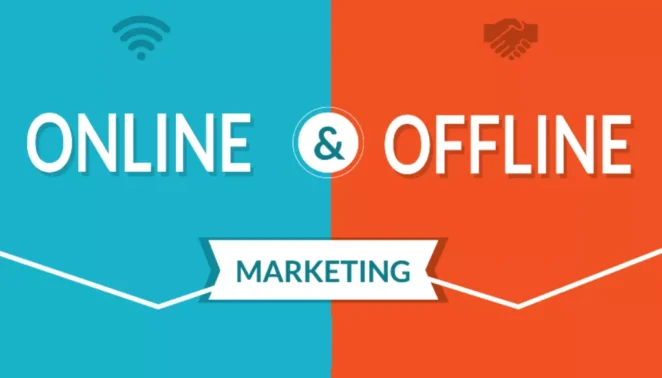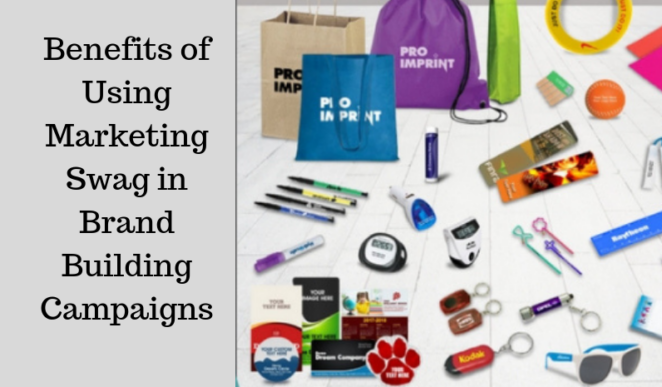In an era dominated by digital screens, it’s easy to forget the power of traditional, offline marketing. However, as the digital landscape becomes increasingly saturated, businesses are rediscovering the unique strengths of offline marketing strategies.
This article delves deep into the world beyond pixels, highlighting the enduring power of offline marketing in our digital age.
The Digital Saturation Dilemma

The rise of digital platforms has undoubtedly revolutionized the way we market. But with every business vying for attention online, the digital space is becoming increasingly crowded.
In order to stay ahead in this competitive landscape, it’s essential to adapt and innovate. By exploring new strategies and leveraging emerging technologies, companies can find unique ways to connect with their target audiences. To delve deeper into these strategies and learn how to navigate the challenges of digital marketing, read more here.
Overwhelming Digital Noise
Every day, millions of new content pieces are uploaded to the internet. From social media posts to blog articles, the digital realm is overflowing with information. This saturation often leads to content fatigue among consumers.
They’re constantly bombarded with advertisements, making it harder for brands to stand out and make a lasting impression.
Diminishing Returns of Online Ads
As more businesses invest in online advertising, the cost per click and cost per acquisition have skyrocketed. Moreover, with the rise of ad-blockers and the increasing skepticism towards online ads, the effectiveness of digital advertising is on a decline.
Brands are now seeking alternative ways to reach their audience without breaking the bank.
Rediscovering Traditional Marketing
While the digital realm offers vast opportunities, there’s an undeniable charm and effectiveness in traditional marketing methods that digital can’t replicate.
The Tangibility Factor
Physical marketing materials, like brochures, business cards, or billboards, offer a tactile experience that digital can’t match. This tangibility can lead to better brand recall. For instance, a well-designed business card can leave a lasting impression long after an initial meeting, whereas a digital contact might easily get lost in the sea of online information.
The Power of Personal Interaction
Face-to-face interactions, whether at trade shows, conferences, or networking events, allow for genuine connections. These personal interactions foster trust and can lead to more meaningful business relationships.
In contrast, digital interactions, while convenient, often lack the depth and authenticity of their offline counterparts.
Integrating Offline and Online Strategies

The key to successful marketing in today’s world is not choosing between online and offline, but integrating both to create a holistic strategy.
Seamless Brand Experience
Brands should aim for a consistent message across all platforms. For instance, a billboard ad should resonate with the brand’s social media campaign.
This consistency ensures that regardless of where a consumer encounters a brand, the message remains the same, reinforcing brand identity and values.
Leveraging Offline Data in Digital Campaigns
Offline interactions can provide valuable insights into customer behavior and preferences. By integrating this data into digital campaigns, businesses can create more targeted and personalized online marketing strategies.
For example, feedback from an offline event can be used to tailor online content, ensuring it resonates more effectively with the target audience.
Reach of Broadcast Media
Despite the rise of streaming services, traditional broadcast media like TV and radio still command a vast audience, offering brands a unique opportunity to reach a diverse demographic.
Television
Even in the age of streaming, television remains a dominant force in many households. TV commercials can evoke emotions, tell stories, and create a visual spectacle that’s hard to replicate on smaller screens.
The shared experience of watching popular TV events can also amplify a brand’s message, making it a topic of conversation among viewers.
Radio’s Resilient Relevance
Radio, often considered a background medium, has a unique intimacy. Listeners often develop a bond with their favorite radio hosts, leading to a trust in the advertisements broadcasted.
Moreover, local radio stations offer businesses a chance to target specific communities, ensuring their message reaches a relevant audience.
Print’s Prowess in a Digital World

In an age of fleeting digital content, print materials offer permanence and credibility that can enhance a brand’s image.
Magazines and Newspapers
Printed magazines and newspapers have a sense of authority. An advertisement or feature in a reputable magazine can enhance a brand’s credibility.
What is more, the tactile experience of flipping through pages can lead to longer engagement times compared to scrolling through digital content.
Direct Mail’s Direct Impact
While email inboxes are often cluttered with promotional content, a well-crafted direct mail can stand out.
Personalized mailers, postcards, or catalogs can grab a recipient’s attention, and the effort taken to create and send them often translates to a perceived higher value by the consumer.
Outdoor Advertising
Billboards, posters, and transit ads offer a larger-than-life canvas for brands to make a bold statement and ensure visibility.
Billboards
Strategically placed billboards can garner thousands of impressions daily. Their sheer size makes them hard to ignore, and a creative design can make a lasting impact on passersby. Unlike digital ads that can be skipped or blocked, billboards guarantee visibility.
Transit Advertising’s Moving Message
Ads on buses, trains, and taxis move with the audience. They offer repeated exposure to daily commuters, ensuring the brand’s message is reinforced over time. Moreover, transit ads can target specific routes or areas, allowing for localized marketing campaigns.
Events and Sponsorships: Engaging in Real Time
In a world where digital interactions are instantaneous, real-world events and sponsorships offer a depth of engagement that’s unparalleled.
The Magic of Live Events
Hosting or participating in live events, be it seminars, product launches, or workshops, allows brands to interact directly with their audience. These events offer an immersive experience, where attendees can touch, feel, and understand a brand’s offerings.
The immediate feedback and face-to-face interactions can foster stronger brand loyalty.
Sponsorships: Aligning with Larger Causes
Sponsoring events, teams, or causes can significantly boost a brand’s visibility and reputation. By aligning with events that resonate with their target audience, brands can position themselves favorably in the minds of consumers.
Furthermore, sponsorships often come with media coverage, amplifying their reach.
The Role of Swag: Branding in Everyday Life

Promotional products, often termed ‘swag’, can turn everyday items into branding opportunities.
From branded pens to tote bags, items that people use daily can become powerful marketing tools.
When a brand’s promotional product finds a place in someone’s daily routine, it ensures consistent visibility and recall. The utility of such items can enhance the brand’s image in the consumer’s mind.
Creating a Buzz with Unique Swag
While traditional swag items have their place, brands can stand out by offering unique promotional products.
Whether it’s a quirky gadget, an eco-friendly item, or something that aligns with the brand’s ethos, unique swag can become a conversation starter, further amplifying the brand’s reach.
Blending Digital and Offline Seamlessly
As we move forward, the distinction between online and offline marketing will blur, leading to integrated campaigns that leverage the best of both worlds.
Augmented Reality (AR) in Offline Campaigns
AR can bring static offline campaigns to life. Imagine scanning a poster with a smartphone and watching it come alive with interactive content. By integrating AR into traditional marketing materials, brands can offer a richer, more engaging experience.
QR Codes: Bridging the Gap
QR codes have made it easier to connect offline campaigns with online content. A simple scan can lead consumers from a printed ad to a website, video, or app.
In the digital age, the power of offline marketing still holds significance. Utilize tools like Adobe’s QR generator free use to seamlessly bridge the gap between offline and online strategies, enhancing your marketing efforts for broader reach and engagement.
Conclusion
With the ever-evolving landscape of marketing, it’s crucial for brands to stay adaptable. While the digital realm offers vast opportunities, the power of offline marketing remains undeniable.
By integrating both, brands can create holistic campaigns that resonate on multiple levels, ensuring lasting impact and brand loyalty.



